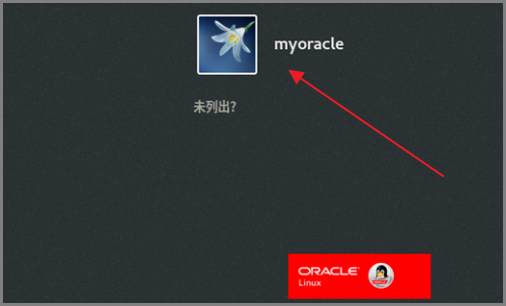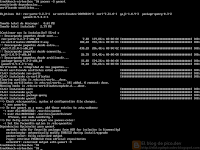
Using the auto-partitioner is a must if you don’t already have an idea of reasonable sizes for your slices, but if you insist on doing it all yourself, you can. You can, of course, specify the entire disk, or, if you have blank space on your hard drive, you can use just a part of a drive that already has data on it. By partitioning the disk, you can designate which sections of your hard drive are for use with FreeBSD and which aren’t. With FreeBSD you partition the hard drive and then create slices within the partition. Like most OSes still in their youth, you must partition the hard drive. A friend has reported success – and even preference – with the FTP method.

The FTP option failed from my house, but my firewall is pretty tightly configured.

Linux startx install#
Having downloaded the iso images, I chose a CD install and it successfully copied over an install image to the hard drive. I am anxiously awaiting that release, but in the meantime, all of these options are easy to execute and self-explanatory. The install menu seems to suggest that one day, there will be a single DVD install that includes all ports. There are many methods of installation: CDROM, floppy disk, tape drive, a DOS partition, over a network, or if you have a high speed connection, FTP or HTTP. But for anyone who used Linux before version 7 of most distributions, it won’t seem too alien. There are infinite ways to get tangled in a FreeBSD installation. For more on the license, visit or click here. Darwin runs on PowerPC-based Macintosh computers and a version is also available for x86-compatible computers.”įor more on this subject, visit. The Darwin kernel is based on FreeBSD and Mach 3.0 technologies and provides protected memory and pre-emptive multitasking.
Linux startx mac os#
According to the website, “What is Darwin? Darwin is the core of Mac OS X. Because of this, a lot of the OS is disabled by default, which makes this not the best choice for Unix novices. * OpenBSD is designed to be the most secure OS, out of the box, in existence. * NetBSD is designed to run on more platforms than any other BSD – at the time of this writing, 46 platforms are supported. * FreeBSD is an all-puprose mainstream OS for the masses. In a nearly offensive slimming of their worth, I’d sum up the *BSDs as follows: Either way, I will take a few seconds in each section to explain the basics, so bear with me.įreeBSD is not the only OS based on the original BSD design.

I am going to assume, for the purposes of reaching a reasonable conclusion, that if you are reading this, you’ve already either installed a non-Windows OS, used a non-Windows OS, or are a glutton for pain and suffering.
Linux startx windows#
Though FreeBSD is often logical, even advanced and adventurous Windows users will face a fairly steep learning curve. Considering FreeBSD was not an immediate decision – I had to warm up to it. With so many other OSes available, about two years ago, when the decision was between Windows 98 or 2000, I began testing out new OSes. It eats up my bandwidth, it monitors my actions and reports home, it’s very tighly integrated with Passport, another Microsoft tracking system, and it costs hundreds of dollars. While Windows XP is probably the best, most complete OS I’ve ever used, it’s too much for me.

I know that for me personally, Windows has outlived its welcome. While FreeBSD has come a long way of late, it’s far from ready for the average user, however, as it matures, it has great promise in becoming a serious player in the OS market next to Linux.
Linux startx download#
FreeBSD is a complete, free, stable, multi-user, Unix-based Operating System available for download at. Meanwhile, sitting quieting on millions of servers –very likely on your ISP’s servers– is FreeBSD, originally developed at University of California Berkley, based on the same core as the new MacOS X, currently at version 4.4. Linux, the BeOS, Solaris, QNX, AtheOS… the list of “alternative OSes” seems ever-growing, and an increasing amount of computer users want to keep their options open.


 0 kommentar(er)
0 kommentar(er)
